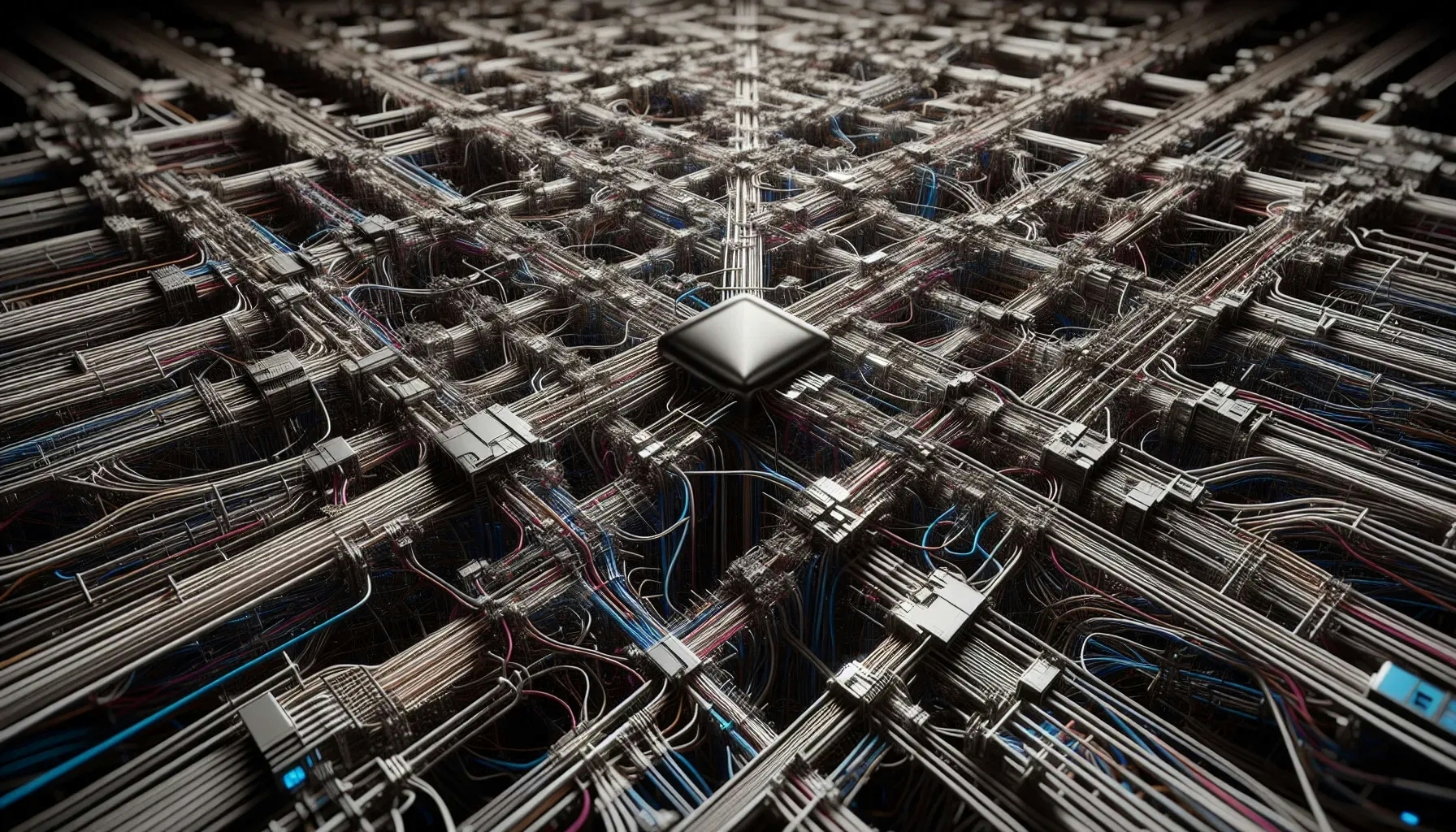What Are Strategies for Integrating Legacy Systems With New Insurtech Solutions?
When it comes to meshing the old with the new in the insurance technology landscape, insights from a Software Architect reveal strategies like integrating Autonomous Mobile Robots (AMRs) with legacy systems. Alongside expert opinions, we've also gathered additional answers that provide a broader spectrum of approaches to this complex challenge. From leveraging middleware to employing webhooks for real-time data synchronization, explore the diverse methodologies professionals have used to bridge the gap between established and emerging technologies.
- Integrating AMRs with Legacy Systems
- Phased Approach to System Integration
- Middleware Bridges Legacy and Insurtech
- Microservices for Incremental System Updates
- Service-Oriented Architecture for Flexibility
- Enterprise Service Bus Enhances Connectivity
- Webhooks for Real-Time Data Synchronization
Integrating AMRs with Legacy Systems
We delve into the intricate challenge of seamlessly integrating legacy systems with cutting-edge insurtech solutions, with a specific focus on the deployment of Autonomous Mobile Robots (AMRs) in the warehousing and manufacturing industry.
Introduction:
The integration of legacy systems with new-age insurtech solutions poses a unique set of challenges, particularly in dynamic environments such as warehousing and manufacturing. The article uncovers the strategies and methodologies adopted to address these challenges, offering insights that are valuable for businesses seeking a harmonious union between old and new technologies. This case study explores the complexities involved in enabling these robots to interact seamlessly with the entire plant software system and its peripherals, all facilitated through proprietary Fleet Management Software (FMS).
Key Highlights:
Understanding Legacy Systems:
Delving into the existing infrastructure, we dissect the legacy systems prevalent in the industry. An in-depth analysis helps in identifying critical touchpoints and potential areas of friction during integration.
Insurtech Solutions for Risk Mitigation:
We explore how insurtech solutions, coupled with advanced sensors and data analytics on AMRs, contribute to risk mitigation in the warehousing environment. This includes real-time monitoring, predictive maintenance, and enhanced safety protocols.
Proprietary FMS as the Bridge:
The article sheds light on the role of proprietary Fleet Management Software (FMS) as the linchpin for integrating AMRs with the broader plant software system. We delve into the challenges and advantages of using a proprietary solution for orchestrating seamless communication.
Case Study Walkthrough:
Through a detailed case study, we illustrate a practical scenario where AMRs navigate through the complexities of legacy systems. We showcase the step-by-step approach taken, highlighting successful integration points and lessons learned.
Best Practices and Recommendations:
Drawing on the experiences from the case study, we provide best practices and recommendations for businesses aiming to embark on a similar journey. This includes considerations for system architecture, data security, and scalability.
Our solutions culminate with a comprehensive conclusion, summarizing the strategies employed, lessons learned, and the transformative impact of integrating legacy systems with insurtech solutions in the realm of AMRs.
Phased Approach to System Integration
In integrating legacy systems with new insurtech solutions, we took a phased approach. We conducted a comprehensive assessment of the legacy systems, identified key functionalities to retain, and developed APIs to facilitate seamless communication with the new insurtech solutions. This stepwise integration allowed for a smooth transition, minimizing disruptions and ensuring compatibility between the old and new systems. The result was an optimized and cohesive technology landscape that leveraged the strengths of both legacy and insurtech components.

Middleware Bridges Legacy and Insurtech
One sound strategy for integrating legacy systems with contemporary insurtech solutions involves using middleware to ensure system interoperability. Middleware serves as a bridge that enables the old systems to communicate with the newer technologies, allowing them to work together without the need for a costly overhaul. This approach is akin to adding a translator that allows two people speaking different languages to understand each other.
By doing this, businesses can retain their existing infrastructure while leveraging the benefits of modern insurtech developments. Start exploring middleware options that align with your organization's needs and consider adopting this strategy for a smoother integration process.
Microservices for Incremental System Updates
Introducing microservices to encapsulate specific functionalities presents a modular and flexible method for integrating legacy systems with insurtech solutions. Microservices break down a complex system into smaller, independent components that focus on one functionality each. This tactic allows companies to update or add new features without disrupting the entire system.
By selectively modernizing components, organizations can evolve their technology stack incrementally. Investigate how microservices can be tailored to your company's requirements and begin the transition to a more adaptable system infrastructure.
Service-Oriented Architecture for Flexibility
Adopting a service-oriented architecture (SOA) approach can effectively modernize interactions between aging systems and new insurtech platforms. SOA structures application components into networked services, making communication more uniform and organized. This architecture allows for greater flexibility, scalability, and management of services, facilitating a smooth transition to newer technologies.
As systems become more interconnected and reliant on web services, SOA provides a reliable framework for growth. Start planning the re-architecture of your systems with SOA principles to ensure future-ready adaptability.
Enterprise Service Bus Enhances Connectivity
Utilizing enterprise service buses (ESB) offers a robust method for ensuring connectivity between legacy systems and new insurtech tools. ESB acts as a central hub that routes messages and data between disparate software applications, regardless of the protocol or language used by each system. This bus-like system simplifies integration complexity and offers a scalable solution for growing insurance technology demands.
With ESB, companies can weave an integration fabric that accommodates a variety of systems, old and new. Consider how an ESB could centralize and simplify your organization's communication flows.
Webhooks for Real-Time Data Synchronization
Establishing data synchronization through webhooks is a modern and efficient way to link legacy systems with emerging insurtech innovations. Webhooks provide a mechanism for sending real-time data updates between systems whenever a specific event occurs. This automated communication ensures that changes in one system are immediately reflected in another, maintaining data consistency across platforms.
Utilizing webhooks can drastically reduce the latency typically associated with data transfer processes. Evaluate the events that are critical for your operations and implement webhooks to keep your systems in sync and up to date.

